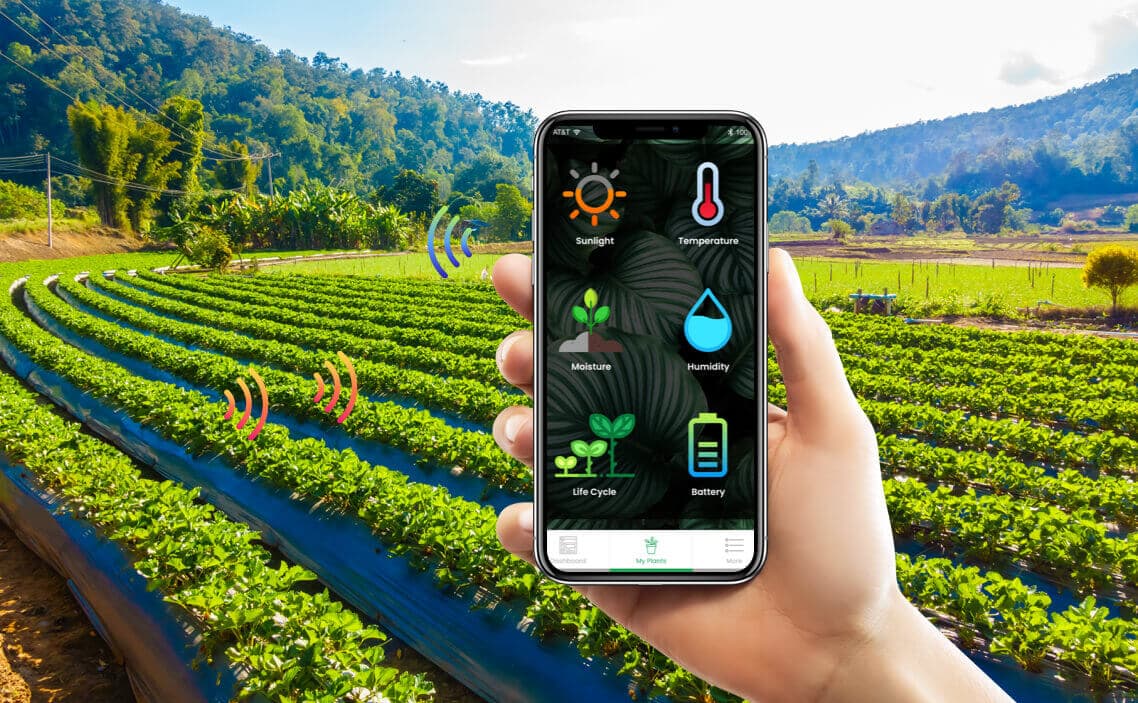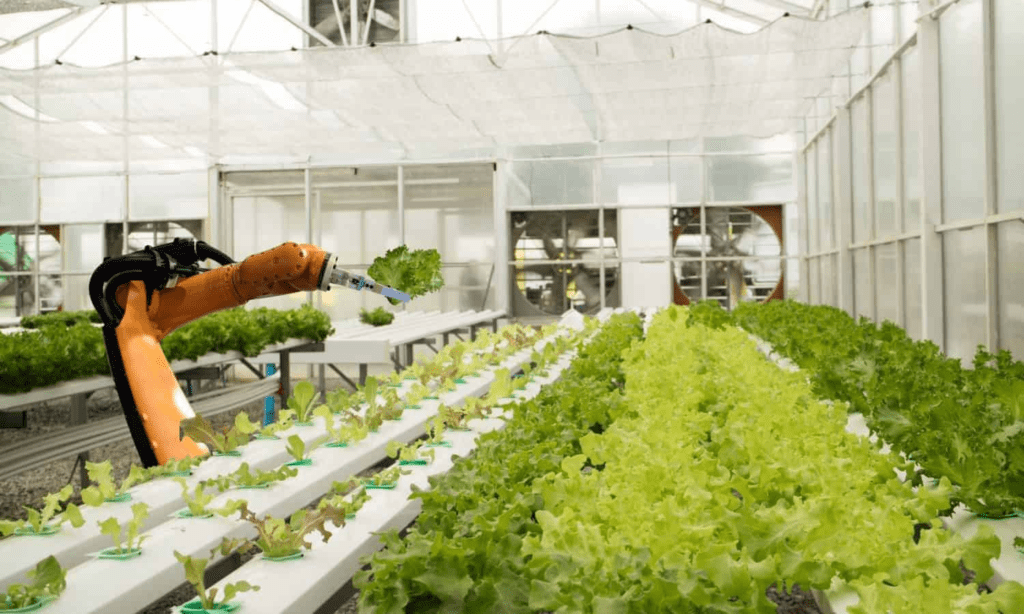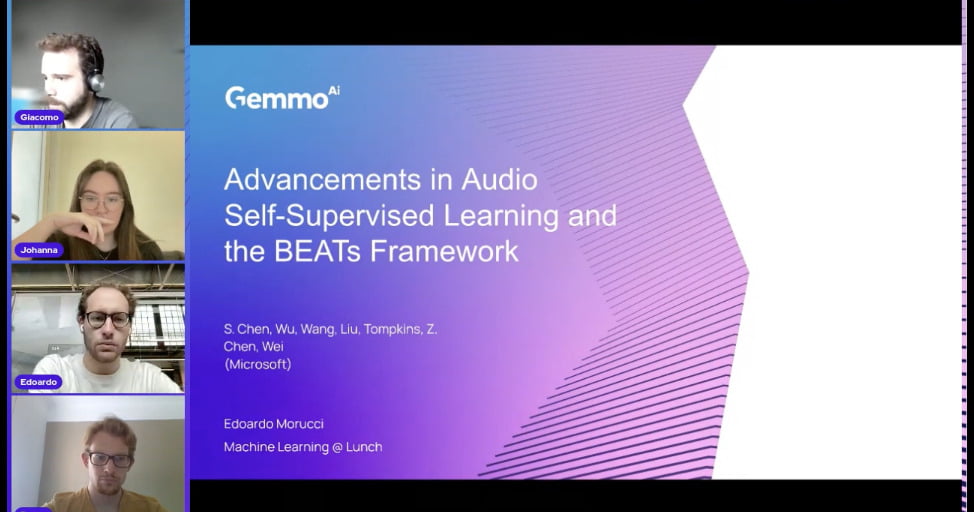Machine Learning and AI in the Food Industry
AI and Machine Learning is taking many (if not all) industries by storm. One that is often kept behind closed doors yet nonetheless fundamental to modern life is Food Processing and Handling (FP&H). FP&H is a mas...

AI and Machine Learning is taking many (if not all) industries by storm. One that is often kept behind closed doors yet nonetheless fundamental to modern life is Food Processing and Handling (FP&H). FP&H is a massive 100 billion dollar industry, global in scale and growth of at least 5% year on year, says McKinsey.

Despite the food industry not usually being associated with cutting edge innovation, there has been a seismic shift in the role of technology in the sector. AI seems to be the case that breaks the mold as FP&H take full advantage of the novel technology. In this blogpost we will summarize some of the most interesting and promising developments in the FP&H AI space.
Sorting Packages and Products
Sorting is a time consuming yet vital process, not one ingredient or produce can have a defect. For example, sorting which ones should be made into French fries versus potato chips or hash browns. Sorting out off-color tomatoes will help decrease rejection by the retailer or consumer. And, of course, all unwanted matter needs to be sorted out as well.

TOMRA Sorting Food is a leading sorting and collection solutions provider in Norway. They say that 90% of the food was being sorted by humans until the end of the 20th century. Unlike other food sorting machines which only sort poor quality fruits and veggies from the good ones, TOMRA is using X-ray, NIR (Near Infra-Red) spectroscopy, LASER, cameras and a unique machine-learning algorithm to analyze different aspects of a fruit or a vegetable for sorting. In this way, TOMRA is able to “view food in the same way that consumers do” and sort it based on that perception”. The result is fewer hours spent on manual sorting, higher yields and less waste, and better quality.
Maintaining Cleanliness
Maintaining cleanliness is a massive concern in food factories. Many companies claim to be as clean as ice because their every process is automated and untouched by human hands. What if the machines and pieces of equipment are contaminated? Customers have also become intelligent, and they know that having every process automated by AI or machine learning does not mean the product will be safe to eat. They need more proof that AI and machine learning really works.
According to the University of Nottingham, equipment cleaning accounts for almost 30% of energy and water supplies of a food processing plant. They claim that their AI-based sensor technology is capable of saving nearly $133 million per year and also save time (by 50%), energy, and water to clean the equipment.
Traditional cleaning systems didn’t include any sensors which resulted in residual food particles in vessels of equipment. The system was unable to clean small food particles which the new self-optimizing cleaning system could. It uses optical fluorescence imaging and ultrasonic sensing technologies to deliver data to the Machine Learning algorithm, which will help to monitor the microbial debris and food particles in the equipment.
Developing Products
Deciding which goods to manufacture on a large scale or which products to retire is essential to a business whose margins’ are as small as the food industry. Consumer demands change frequently and a lot of the time survey data is biased as the decisions on which products to buy are inherently subconscious.
Gastrograph AI is helping food producers know what product to make next. Using AI and sophisticated algorithms, they are able to model consumer flavour preferences and predict how well they will respond to new tastes. The data can be segmented into demographic groups to help companies develop new products that match the preferences of their target audience.

Conclusion
Despite the AI only coming into providence in the last decade, the technology is already reshaping the FP&H industry forever. Artificial Intelligence will help companies speed up the production process, reducing maintenance time and hence production downtime, decreasing the chances of failure by automating almost every process and eventually delivering an excellent customer experience by predicting their likes, dislikes, and desires. We expect many FP&H firms to start innovating with AI partner firms not only to stay in the competition but also to innovate beyond it.



